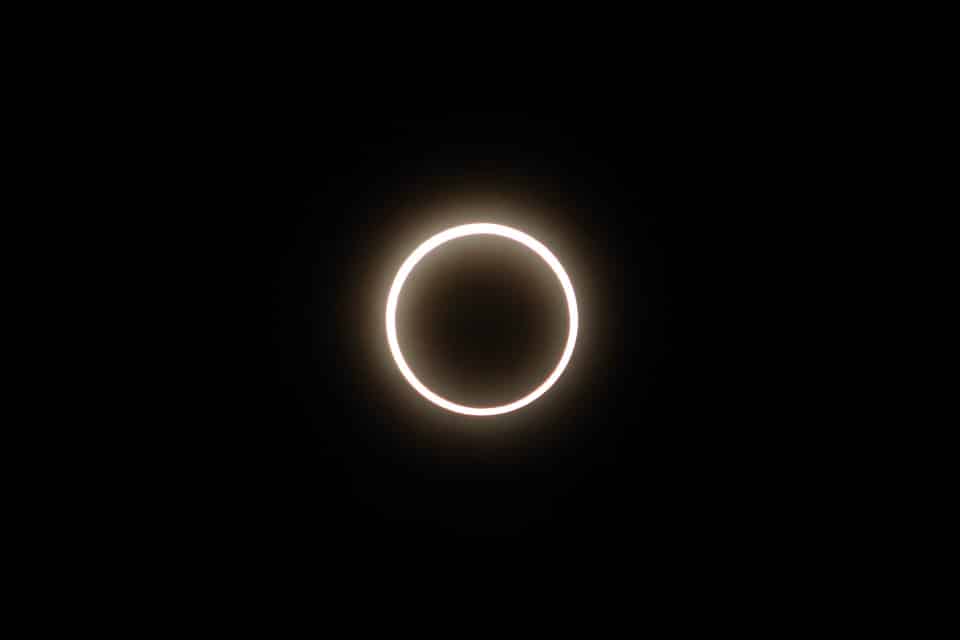The year 2020’s first and only total solar eclipse will occur today and will be visible from South America. The last solar eclipse was an annular eclipse on June 21, 2020, which was visible from Africa and Asia.
According to NASA, today’s phenomenon will be visible from much of South America and a few countries in the southwest corner of Africa, including Namibia, Angola, Botswana and South Africa. The path will be similar to that of the total solar eclipse of July 2, 2019. It will take only 97 minutes for the path of the eclipse to cross the South American continent.
Total solar eclipses are very much exciting. It occurs when the disk of the moon appears to cross in front of the disk of the sun, and blocks 100 per cent of the solar disk. In simple words, the moon covers the sun. If the moon passes directly in front of the sun when it is near apogee, the point in its elliptical orbit where it is farthest from Earth, sky gazers will witness an annular eclipse. This is also called the ring of fire.
The path of totality, as per NASA, where skywatchers can see the moon completely block the sun from view, is a 56-mile strip of land that begins in the Pacific Ocean, makes landfall on the west coast of Chile, crosses Argentina, and finally ends in the South Atlantic Ocean. Experts said partial phase of the eclipse will begin at 8.33am EST (1333 GMT). But it will be visible to whoever happens to be out in the Pacific Ocean, about 3,900 km southeast of the Hawaiian Islands. It will reach the coast of Chile at 11am EST (1600 GMT), just 13 minutes before the moment of maximum eclipse.
Also Read: UN chief calls on world governments to declare State of Climate Emergency
If you one of those solar enthusiasts, don’t forget to wear proper eye protection. Looking directly at the sun, even during an annular eclipse can lead to blindness and other forms of eye damage.
















Pingback: Looming battery tsunami as lithium-ion bricks set to increase tenfold by 2030 | The Plunge Daily